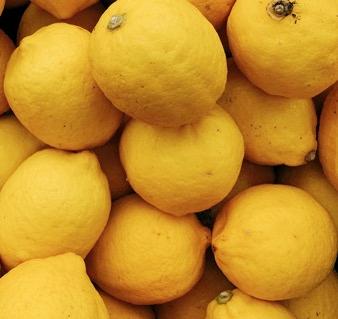Lemon
-
Scientific NameCitrus x limon
-
Special ConsiderationsMany lemons (especially, Meyer lemons) flower and fruit all year long. Therefore, removal of some flowers and fruit while pruning is often inevitable.
 Photo: Thitiphum Koonjantuek/Unsplash
Photo: Thitiphum Koonjantuek/UnsplashThe natural habit of lemons is to grow tall upright branches from the center of the tree, especially from the uppermost portion of the tree. Over time, these upright branches bend down from the weight of the fruit.
Prune lemons twice each year taking care not to severely prune at any one time. Severe pruning (more than one-third of the plant) may result in new branches that contain thorns.
-
Fruit grows on:
Old wood.
-
What to Prune in WinterN / A
-
What to Prune in Summer
What to prune in late spring:
Remove dead, diseased or damaged branches.
Remove crossing branches.
Remove suckers from the rootstock.
Remove branches whose tips are growing closer than 24 inches from the ground, because fruit that sags to ground level may develop fungus infections. Shorten these branches back to a scaffold branch, or if needed, remove the offending scaffold branch from the trunk at its origin. Do not leave a stub.
Inspect the long upright shoots that grow from the center of the tree during summer months. These are future fruit-bearing branches. If several grow from a single spot or in close proximity, remove the weakest. Keep the strongest shoots, aiming for even spacing throughout the branch structure. These shoots will, in time, bear fruit and begin bending down, possibly requiring removal of the branches beneath. Ultimately, some of these fruit-bearing branches may dip too close to the ground requiring their removal. This entire cycle from new shoot to branch removal may take five to ten years.
Remove branches that prevent sunlight from penetrating into and across the tree.
Try to avoid “tip pruning” – heading back branches that remain to shape the tree. Citrus react by creating dense growth at the point of these cuts, limiting sunlight to the interior. It is better to control growth using thinning cuts to open avenues of light.
What to prune in late summer:
The method is the same as in the late spring, except that by the late summer, there may be many more upright shoots growing from the center of the tree than there were earlier in the year.

